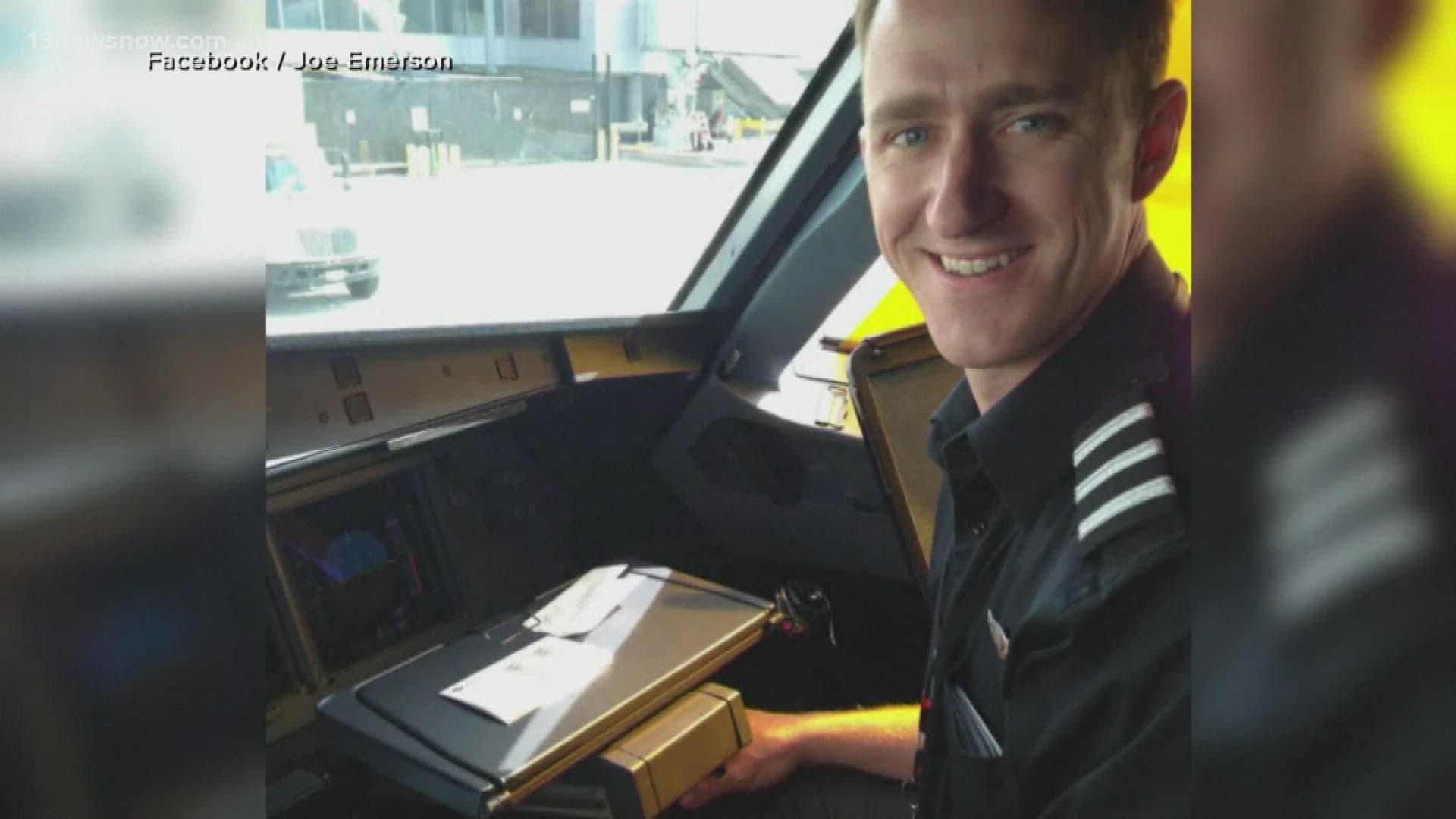Off Duty Pilot Sentenced to Time Served, Supervised Release
A pilot who attempted to cut the engines of a commercial aircraft was sentenced on November 17 to time served and a period of supervised release. The outcome raises questions about aviation safety standards, regulatory enforcement and whether criminal penalties sufficiently deter attacks on aircraft.

The federal court on November 17 imposed a sentence of time served and supervised release on an off duty pilot who attempted to sever critical engine components on a commercial airliner, concluding a case that drew national attention to vulnerabilities in airport and airline security. The sentence follows an incident in which the defendant accessed an aircraft and sought to damage its propulsion systems while not on active duty, a fact that prosecutors said endangered passengers and crew.
The punishment, limited to the period the defendant had already spent in custody plus court supervised monitoring, has prompted scrutiny from aviation safety experts and legal observers who say the outcome highlights a gap between criminal justice responses and the potential catastrophic consequences of tampering with aircraft. Federal criminal statutes provide for severe penalties when actions interfere with the safety of an aircraft, yet sentencing outcomes can vary widely depending on plea deals, evidentiary issues and prosecutorial discretion.
Beyond criminal adjudication, the episode exposes a layered system of institutional responsibilities. Airports, airlines, federal regulators and unions share overlapping duties to prevent unauthorized access to aircraft and to screen personnel for readiness and fitness. The Federal Aviation Administration has the authority to suspend or revoke pilot certificates and to impose administrative actions independent of criminal sentences. Airlines can impose employment sanctions and tighten internal controls. How those agencies and private entities respond will determine whether the legal outcome represents final accountability or the start of a regulatory reckoning.
Operationally, investigators and industry officials will examine how an off duty pilot was able to approach and attempt to disable engines. Gate access protocols, ramp security, keys and maintenance lock out procedures, and the monitoring of aircraft on the ground are all relevant. Vulnerabilities on the tarmac differ from those in passenger screening zones, and they have historically received less public attention even though they present clear safety risks.
The case also brings into focus the interface between mental health screening and professional certification in aviation. Pilots operate under a regime that blends medical certification, employer oversight and recurrent evaluation. Incidents of intentional sabotage by personnel are rare, but when they occur they expose systemic weak points in how threats are identified and mitigated. Policymakers might consider whether current medical reporting, peer reporting and employer notification rules provide sufficient safeguards without unduly stigmatizing or penalizing pilots for seeking mental health care.
Legislators and regulators weighing responses will face choices about resources, oversight and civil liberties. Strengthening ground security and expanding administrative review of certificates can increase safety but require funding and clear standards to avoid arbitrary enforcement. Transparency about investigative findings and regulatory actions will be central to restoring public confidence.
The sentence handed down on November 17 brings criminal prosecution to a close while leaving broader questions unresolved about prevention, deterrence and institutional accountability. How federal agencies, airlines and Congress respond in the coming weeks will shape whether the case is treated as an isolated failure or as a catalyst for lasting changes in aviation safety governance.


